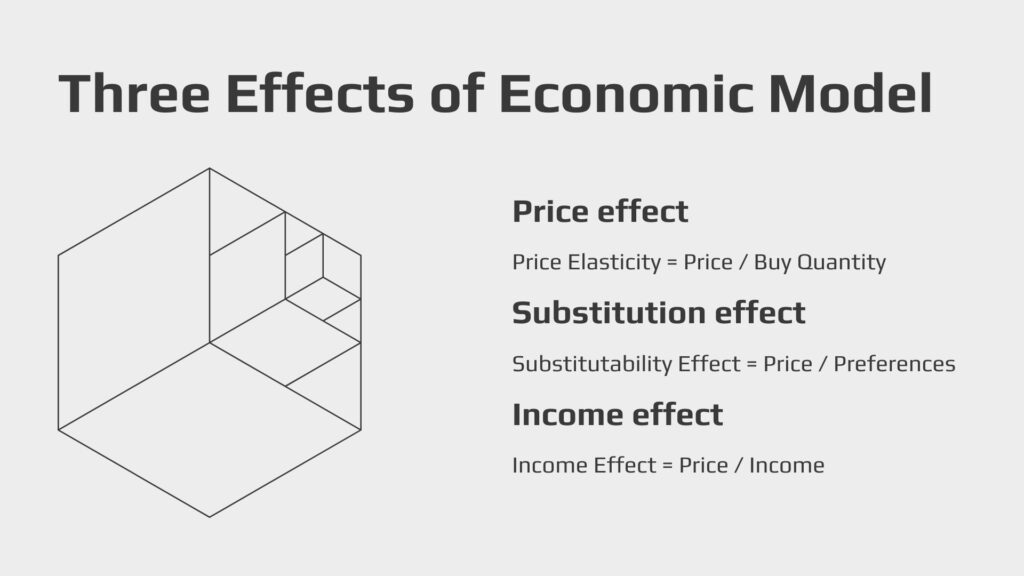What is the economic model of consumer behaviour?
The foundational belief of the economic model of consumer behaviour is that human beings are rational. Although this belief has been disapproved in recent developments, this model holds good in certain situations. Under this view, people consider the following questions:– What is in it for me? How much will I have to pay and can I afford to buy it in exchange for what performance and quality? Can a purchase be deferred because of future expectations like owning a dress in order to wear on special occasions? This question is often answered by the basic premise of long-term commitment.
What drives the economic model of consumer behaviour?
According to this model, consumer behaviour is driven by the principle of maximum utility based on the law of diminishing marginal utility. The law of diminishing marginal utility says that the marginal utility from each additional unit declines as consumption increases. Thus, the decision to buy a product depends on two elements: 1. Purchase price 2. The extent of consumption at this particular point in time.
Three effects that influence the model

Price effect
Price elasticity states that whenever the price of a product is low, we will buy the product more. This will lead to an increase in demand which can help producers to make profits for themselves by selling more products at a fixed price. Consumers will tend to buy lower quantities of products if the price is high. For example, if you are offered free wine on upselling, then people are much inclined to buy a bottle of wine more.
Price Elasticity = Price / Buy Quantity
Substitution effect
This refers to the tendency of consumers generally to prefer other products over an existing one. Some individuals have higher levels of preference for product A, but they will switch completely if the price differential between two goods is wide enough. For example, if you are offered free wine with your meal (on up selling), then people are much inclined to switch from beer. This will increase the income of restaurant owners and managers because this new drink has a high-profit margin.
Substitutability Effect = Price / Preferences
Income effect
The income effect is also known as elasticity of demand which indicates the responsiveness to income changes. In short, individuals with high incomes will spend a larger portion of their money as opposed to those having low wages.
Income Effect = Price / Income
Limitations of the model
An economic model of consumer behaviour is one-dimensional, which means that decisions are made on the basis of utility. This model assumes that people will always be the same. It ignores differences between buyers and products, their values or interests, age, or gender. It also ignores the actual knowledge held by consumers. For example, if marketers want to increase the product acceptance of an existing model they might introduce new features or substitute other products in its place.
It has been argued that man is a complex entity, so we have to understand him by using multiple methods of research as well as techniques from different disciplines such as sociology, psychology, and economics before attempting any meaningful analysis of his behaviour patterns.
In addition to the marketing variables, man is exposed to technology and other things that affect him in his competitive marketplace environment as he tries to sell their products and services. It’s important not to assume that people are always rational and don’t consider prices when they buy things. Some of them may just want the cheaper product instead of getting the better one for more money or vice versa some people might be irrational.
